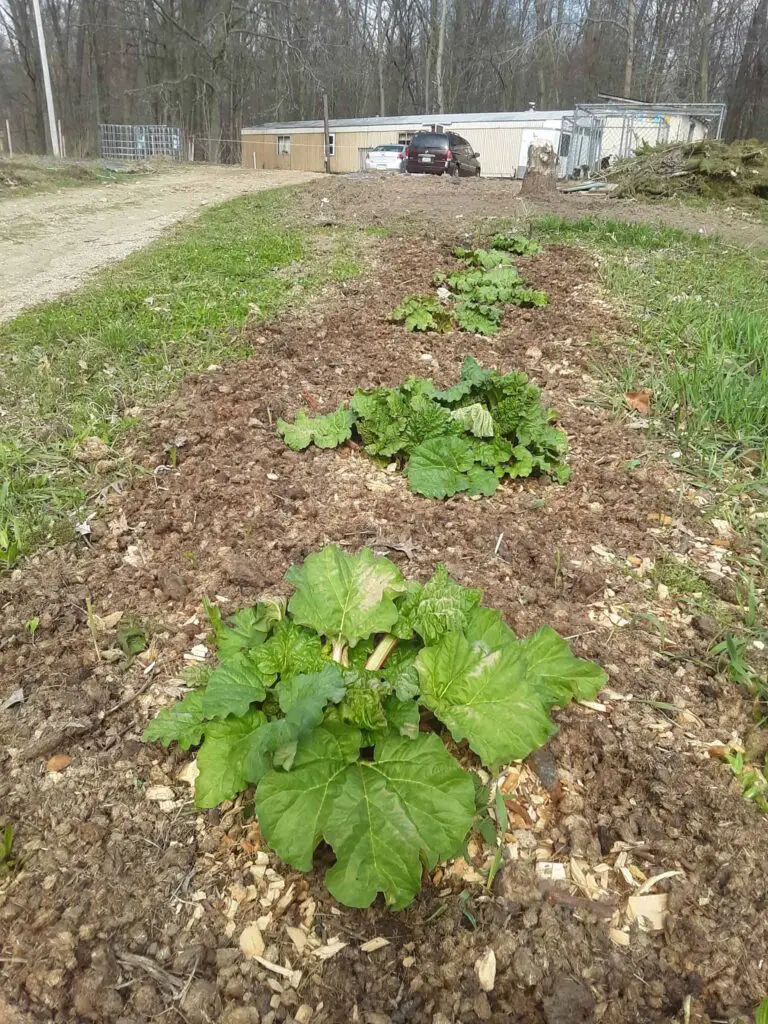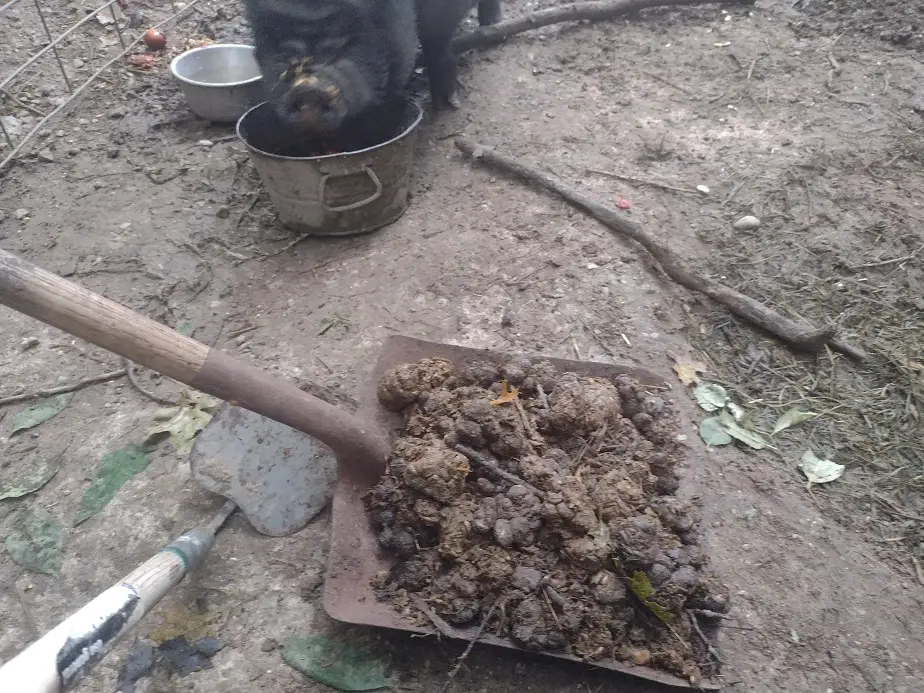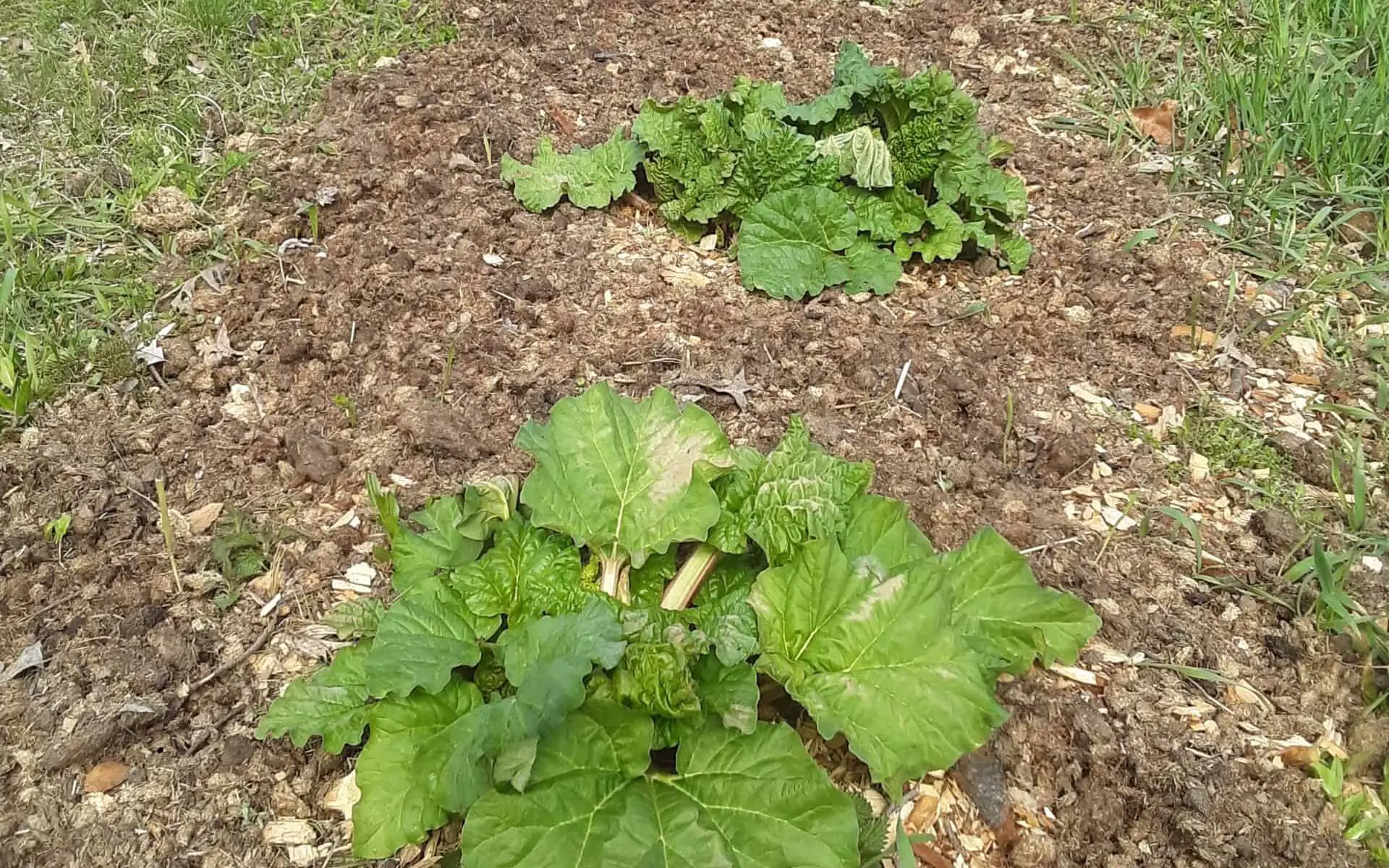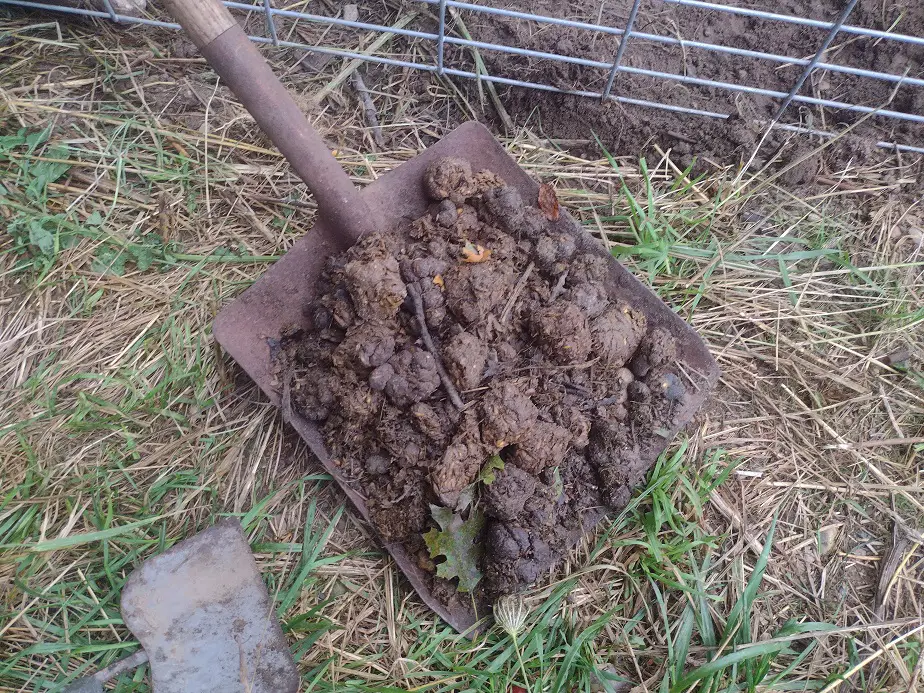I use quite a lot of manure on our homestead. It’s the secret ingredient to building up our soil and a key to us being self-reliant.
Manure can burn tender plants if it’s strong and applied heavily, but it’s not often a problem. It’s uncommon to see any damage in the garden from manure if you are applying it properly. Fresh manure can act as a fertilizer, which can harm plants if applied too heavily during the growing season.
I still recommend you use manure in your soil, and I can share with you my tips for using it without issues.
How to Use Manure and Not Burn Plants
Manure fertilizers can burn plants just like synthetic fertilizers if improperly applied or over-applied. Manures that are fully dried or composted are not known to burn plants. Fresh, wet manures have a stronger and more active nitrogen content and are more likely to cause fertilizer burns to plants.
Manure is one of two products. It’s either a soil amendment, or it’s a low-strength fertilizer. The difference is how strong it is, which is determined by its freshness, type, and how it was stored. Most manures have an NPK between 0.5-0.5-0.5 and 3-1-1. Manures with a 2 or higher are considered fertilizer.
Fertilizers can cause a drying out, or fertilizer burns to plants. When using manure fertilizers keep in mind that they are indeed fertilizers and applying them too heavily can have a potentially bad effect on your plants. Signs of overapplication are yellowing and then browning of leaves, starting on the edges.
It’s literally drying out. The fertilizer in manure attracts soil water, and it can actually draw water out through the plant’s roots, causing sudden severe drought-like symptoms. There are three simple preventatives: apply it lightly, don’t apply it during a dry season, or add extra water when applying.
Well, there’s a fourth. Apply manure during the off-season when plants aren’t growing. That’s what most farmers and gardeners do. Manure is more commonly applied in the fall or spring, although I will use it year-round if needed.

When to add Manure to a Garden
When you apply manure depends on what you want from it. Fall application allows time for the breakdown and release of P and K, and micronutrients. Spring application allows more efficient use of nitrogen, for plants. Summer application can help boost plants that are nutrient deficient.
Spring application preserves usable nitrogen by not having as much time to break down and convert to other forms, and less time to leach out through the soil. It usually allows around 10 percent more nitrogen to remain usable in the soil vs a fall application.
On the other hand, a fall application allows a good amount of breakdown time to really pump up the overall fertility of the soil. If your soil is a bit low on P,K, Ca, Mg, or is simply low on organic matter, a fall application will give the most benefit towards the next growing season.
Winter application is doable but often discouraged by Agricultural Extensions. If the soil freezes, then the manure will not have much chance to soak in and many of the nutrients will be washed away during the snow melt and spring rain. Early winter application is usually fine.
In small gardens, if the soil isn’t frozen, you can shovel any snow off and spread your manure, then put the snow back. A decent snow cover usually keeps soil from freezing as long as it’s quality soil. Compacted or overworked soil is more likely to freeze in winter.
Which Manures Will Burn Plants?
Any fresh or strong manure can burn plants if improperly applied. Stronger manures, like poultry and steer manure, are more likely to burn plants. When dried, any manure can be used around plants.
For example, a lot of people tell me that I can’t apply chicken manure to my garden until it’s been aged, which, depending on the person, means letting it sit in a pile for 1 to 2 years. Usually, they say it’s because the manure is “too hot”, whatever that means, or that it’s got too much nitrogen.
But, I can buy pelleted, dried chicken manure that’s quite strong, and it’s fine to sprinkle around growing garden plants. Pelleted chicken manure is safe for plants because it’s dried. You could get the same effect by laying manure out, thinly spread, on a tarp for a few days.
Any Fresh manure can burn plants. But, if you apply it lightly and evenly, and water it after application, it will be fine. Even rabbit manure will burn plants if it’s fresh and applied heavily. So, how much is too much?
I’ve literally mulched my garden with horse manure and didn’t have an issue. It was pasture manure, so no sawdust or straw in it, but also not soaked in urine. Manure collected from a pasture is significantly lower nitrogen and has little benefit until the year after application.

How Much Manure Should I Put in my Garden?
The amount you can use depends on the strength of the manure and what your soil needs. For weaker manure like cow or horse, up to 60 tons per acre (5 gallons solid waste per 10 square feet) is considered safe. Using too much manure can cause a buildup of salts, like Ammonium sulfite and Potassium oxide.
Manures contain up to 10 percent, or so, salts. All fertilizer chemicals are salts, whether they are synthetic or naturally occurring. Salts are negatively charged compounds that attract other elements, which is how they also draw water. Too much is bad, but that takes a massive amount of manure.
Some manures are stronger and pose more risk, especially from nitrogen. Here’s a list of common manure figures and a chart from another article I wrote about using manure.
- Meat chicken manure (commercial) : 3.1-1.4-1.7
- Laying chicken manure(commercial) : 2-1-0.9
- Dairy cow manure (commercial) : 0.7-0.2-0.6
- Horse manure: 0.7-0.1-0.4
- Rabbit manure: 2-1-0.7
This chart shows a basic amount of manure to add to boost fertility and improve the soil.
| *heaping full | Manures with about 1 percent nitrogen | Manures with about 2 percent nitrogen | Manures with about 3 percent nitrogen |
| For 100 square feet | 5, 5-gallon buckets/ half a wheelbarrow* | 2.5 5-gallon buckets | 8-gallons |
| For 1,000 square feet | 50 5-gallon buckets/ 5 wheelbarrows* | 25 5-gallon buckets/ 2.5 wheelbarrows* | 16 5-gallon buckets/ 1.5 wheelbarrows* |
| For an acre | 200 5-gallon buckets/ 20 wheelbarrows*/ 37 yards | 100 5-gallon buckets/ 10 wheelbarrows*/ 18 yards | 66 5-gallon buckets/ 6 wheelbarrows*/ 12 yards |
You need to know that only about half of the nitrogen in manure is unusable the first year. That is the inorganic nitrogen, which comes from animal urine. The organic nitrogen (in undigested or partially digested plant matter) will slowly break down and release over a 4-5 year span.
So, if you wanted to fertilize for beans (60 pounds N per acre), pumpkins (100 pounds N per acre) of corn/potatoes (200 pounds N per acre), you need to apply it at double the rate of N in the manure. Old manure will have little to no effect on nitrogen the first year, especially if applied in the spring.
The inorganic nitrogen (usable immediately by plants) will be mostly gone in old manure. The remaining nitrogen is locked up in organic matter that needs to be broken down and then converted into a form usable to plants. That takes a while.
The simplest way to figure all this out is by testing your soil as you go. For this, I recommend the LusterLeaf 1602 soil test kit. It’s cheap, simple, and the results are easy to read.
Old manure or aged manure is usually low in nitrogen. Nitrogen in manure is mostly urea, which is a very unstable form. It is easily leached out, and converts to ammonium nitrate which tends to evaporate out. sunlight and heat increase that outgassing loss.
Up to 80 percent of the nitrogen can be lost in 2 days if not properly cared for. That’s why rabbit manure, even though it’s twice as strong as horse manure, is considered safe around plants. Rabbit manure usually just sits and collects under cages for several months before it’s finally shoveled away.
By that time, most of it has had a lot of time to sit and lose nitrogen, which is the main fertilizer (salt) ingredient. Chicken manure is similar. If you on;y clean out the chicken coop once a month, it’s not considered fresh manure. Plus, home chicken manure is usually full of straw, which has no fertilizers.
The big plus about rabbit manure is that the small pellets are easy to spread thinly and they dry out quickly. That’s harder with big chunks of horse or cow manure.
If you’re being smart about it, it’s possible to fertilize with just manure. You need to have an idea of the NPK of your manure, and how much of those nutrients your plants need. Testing your soil before and after applying manure will give you a good idea of the strength of the manure.

Can You Put Manure Around Plants?
Manure can be applied around plants or side-dressed between rows, but it needs to be done lightly and evenly and should be watered after application. Avoid large chunks of fresh manure. A manure tea can work well instead of applying actual manure.
Related Articles

